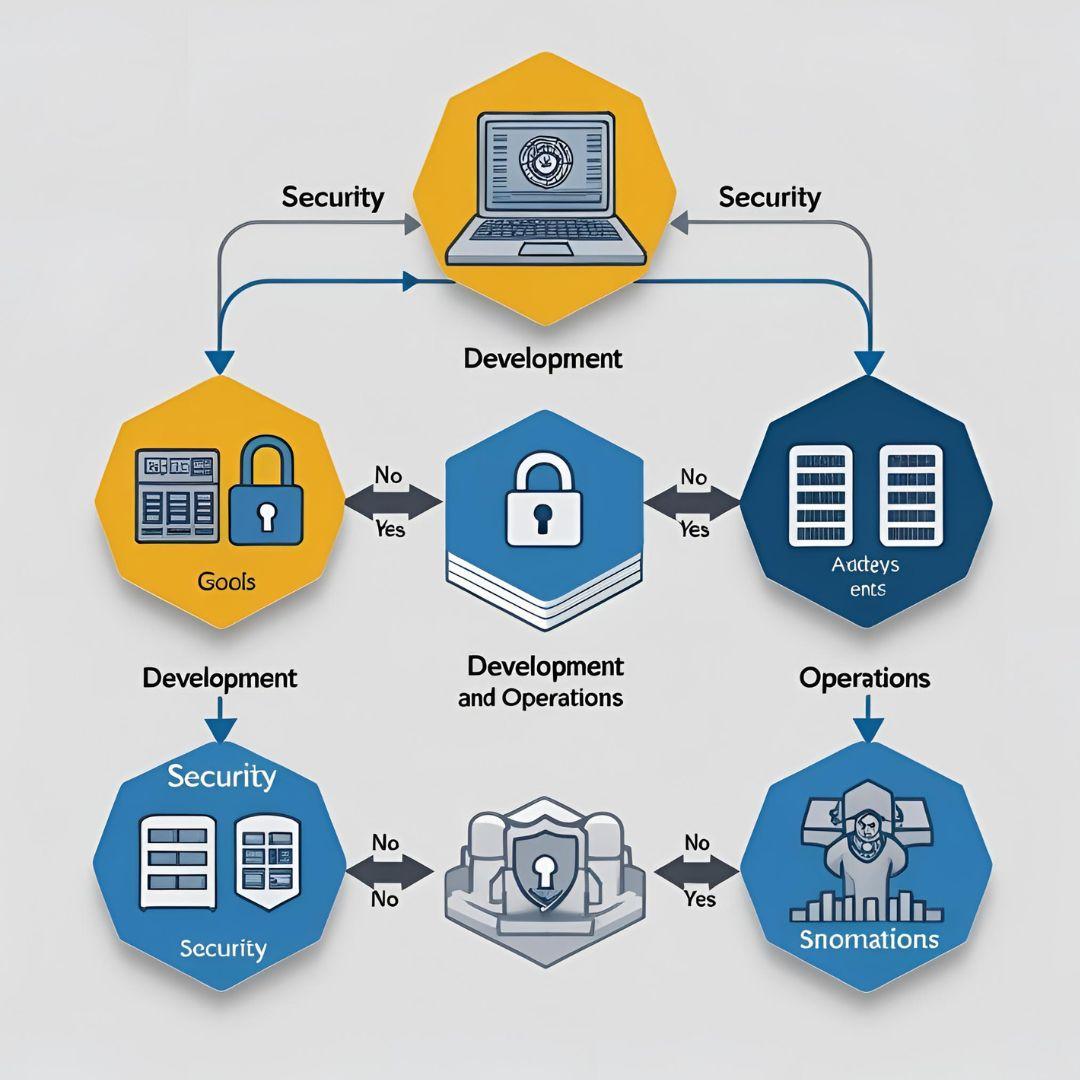Inquire
Integrating Security into the Startup Development Pipeline

In today’s fast-paced digital landscape, security cannot be an afterthought for startups. With increasing cyber threats targeting even small and emerging companies, integrating security early into the software development pipeline is critical for safeguarding sensitive data, maintaining customer trust, and complying with regulations. Security must be woven into every phase of development—from design and coding to testing and deployment—to build robust and resilient products.
Integrating security into the development pipeline starts with adopting the DevSecOps mindset. DevSecOps extends traditional DevOps by embedding security practices and automated checks throughout the continuous integration and continuous delivery (CI/CD) workflow. This shift means security is everyone’s responsibility—from developers and testers to operations teams—rather than being siloed in a separate department.
At the design stage, startups should incorporate threat modeling and security requirement analysis. Understanding potential attack vectors and sensitive data flows early helps guide secure architecture decisions. For example, limiting data exposure, applying the principle of least privilege, and designing secure authentication mechanisms reduce vulnerabilities before any code is written.
During coding, developers must follow secure coding standards and leverage tools like static application security testing (SAST) to automatically detect common issues such as SQL injection, cross-site scripting (XSS), and buffer overflows. Integrating SAST tools into code repositories enables continuous scanning with every code commit, ensuring vulnerabilities are caught early and fixed promptly.
Dynamic testing techniques such as dynamic application security testing (DAST) simulate real-world attacks on running applications to uncover security weaknesses that static analysis might miss. Startups can also perform penetration testing or engage ethical hackers to identify vulnerabilities from an attacker’s perspective.
Automating security checks within CI/CD pipelines is vital to maintain speed without sacrificing safety. Tools can block code with critical vulnerabilities from being merged or deployed, enabling rapid feedback loops. Furthermore, startups should maintain an inventory of third-party dependencies and use software composition analysis (SCA) tools to detect and remediate vulnerabilities in open-source libraries.
Security integration does not end at deployment. Continuous monitoring of applications and infrastructure through security information and event management (SIEM) systems helps detect suspicious activity in real-time. Incident response plans must be established so that startups can quickly contain and recover from breaches.
Cultural adoption is as important as technical measures. Training developers on security best practices and fostering a mindset of proactive security awareness ensures long-term resilience. Leadership commitment to security funding and priorities helps embed these practices into the company DNA.
Conclusion:
For startups, security is a critical enabler of trust, compliance, and business continuity. Integrating security early and continuously into the development pipeline through DevSecOps practices, automated testing, threat modeling, and monitoring creates a strong defense against evolving cyber threats. By making security a shared responsibility and investing in the right tools and culture, startups can deliver secure products faster, mitigate risks, and build lasting customer confidence.
- Managerial Effectiveness!
- Future and Predictions
- Motivatinal / Inspiring
- Other
- Entrepreneurship
- Mentoring & Guidance
- Marketing
- Networking
- HR & Recruiting
- Literature
- Shopping
- Career Management & Advancement


 SkillClick
SkillClick